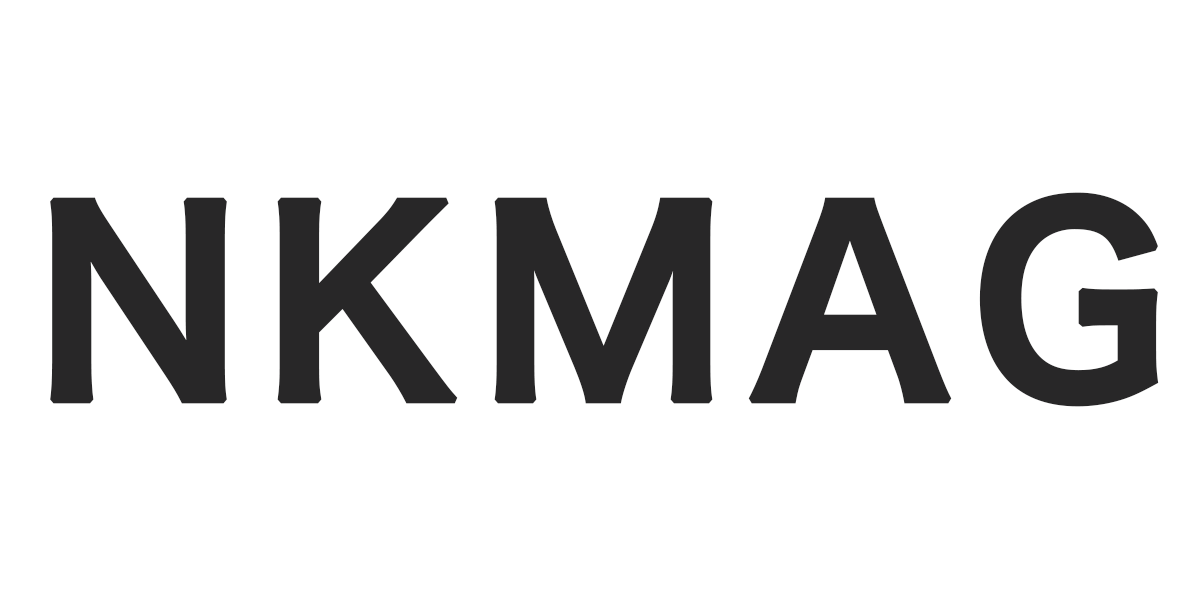Commodity Money vs. Digital Commodity Money: The Evolution from Metallism to Nakamotoism
Exploring the evolution of money from Metallism to Nakamotoism. Today's digital commodies like Bitcoin, Litecoin, and Dogecoin are redefining value in the digital age. 🪙

From shells to digital bits, the story of money is as old as civilization itself. Historically, commodity money, anchored by tangible goods like gold and silver, laid the groundwork for global economies. Today, in a digital-first world, we're witnessing the rise of Nakamotoism, a philosophy that seeks to redefine our understanding of currency. To appreciate this shift, one must venture deep into the heartlands of Metallism and Nakamotoism.
Metallism: The Bedrock of Traditional Economies
Metallism is the belief that money's value is intrinsically derived from the commodity from which it's fashioned. Time-honored representatives of this philosophy include:
- Gold: Prized for its scarcity and universal appeal.
- Silver: Cherished for both its monetary and utilitarian attributes.
- Copper: A less precious, yet integral element in coinage.
Nakamotoism: The Digital Renaissance
Named in homage to Satoshi Nakamoto, Bitcoin's pseudonymous creator, Nakamotoism is more than just digital currency; it's a philosophy rooted in:
- Decentralization: Eliminating central authorities and intermediaries, ensuring a distributed and democratized system.
- Immutability: Once data is recorded on the blockchain, it becomes unchangeable, guaranteeing authenticity.
- Permissionless: Anyone can participate, transact, or innovate without seeking approvals from centralized entities.
- Nakamoto Consensus: Truth or version of truth in a decentralized network is established by the majority of hashing power.
- Proof of Work (PoW): A mechanism where computational power is expended to confirm transactions and mint new currency units.
For a comprehensive understanding of the origins and principles of Bitcoin, refer to The Bitcoin White Paper by Satoshi Nakamoto.
Iconic embodiments of Nakamotoism include:
- Bitcoin: The trailblazing cryptocurrency.
- Namecoin: The inaugural Altcoin, which emerged from discussions between Satoshi Nakamoto and Hal Finney on bitcointalk.org. Satoshi's vision of merged mining Namecoin with Bitcoin is particularly noteworthy.
- Litecoin and Dogecoin: Cryptocurrencies that, while distinct, are merged mined using the Scrypt algorithm as opposed to Bitcoin's SHA256.
Comparative Analysis
Settlement:
- Metallism: Entails tangible storage, verification, and transportation. This often translates to prolonged and pricey settlements.
- Nakamotoism: With digital assets, settlements are swift, a testament to their foundational technology.
Security:
- Metallism: Physical commodities, susceptible to theft or degradation, necessitate fortified storage and insurance.
- Nakamotoism: While immune to "physical" theft, digital assets can be targeted by cyber-attacks. However, their cryptographic underpinnings ensure formidable security.
Speed:
- Metallism: Cross-border transactions can be a lengthy affair.
- Nakamotoism: Transactions are nearly instantaneous, obliterating geographical confines.
Fees:
- Metallism: Costs are incurred for storage, insurance, and transit.
- Nakamotoism: Transaction fees, especially in comparison to traditional banking structures, are often nominal.
Supply Dynamics: A Critical Distinction
One of the most striking differences between Metallism and Nakamotoism lies in their respective supply dynamics.
Metallism: Susceptible to Supply Shocks
Under the metallist system, the value of money is intrinsically tied to a physical commodity, most commonly gold or silver. This system has historically been subject to significant supply shocks. For instance:
- Discoveries of new gold or silver reserves can dramatically increase the money supply. The famous California Gold Rush of the mid-19th century, which flooded the market with new gold, is a prime example. Such events can lead to significant and unpredictable fluctuations in the value of money.
- Political or economic instability can disrupt the mining and distribution of gold and silver, which in turn can lead to erratic changes in the money supply.
These shocks can have widespread economic impacts, causing periods of inflation or deflation that are challenging for governments and individuals to navigate.
Nakamotoism: A Predictable and Deflationary Supply Rate
In stark contrast, Nakamotoism — epitomized by cryptocurrencies like Bitcoin — operates on a predetermined and transparent issuance schedule:
- Bitcoin, for instance, has a fixed supply cap of 21 million coins. This scarcity is built into its code and is non-negotiable, eliminating the possibility of inflationary supply shocks.
- The issuance of new bitcoins follows a predictable rate, halving approximately every four years in an event known as the "halving." This ensures a decreasing and eventually zero rate of monetary inflation, a stark contrast to the unpredictability of metal-based money.
- Nakamotoism’s supply schedule is algorithmically determined, making it immune to the geopolitical and economic factors that can affect the supply of precious metals.
This predictable, deflationary supply rate is one of Nakamotoism's defining features and is viewed by its proponents as a fundamental advantage over traditional metallist systems.
Implications for the Global Economy
In a world that is increasingly digital and interconnected, the predictable and transparent nature of Nakamotoism's supply dynamics could offer a compelling alternative to the sometimes turbulent supply characteristics of Metallism. This stability could prove to be a critical factor for individuals and institutions looking for a reliable store of value in an ever-changing economic landscape.
Prospects in the Digital World Economy
The digital landscape demands a currency that is as fluid, global, and innovative as the interactions it facilitates. Nakamotoism, with its core tenets of decentralization, immutability, and permissionless participation, seems poised to champion this cause.
Furthermore, in a world where inflationary tendencies loom large, digital currencies, especially those with capped supplies like Bitcoin, present a compelling alternative for safeguarding value.
Conclusion
The metamorphosis from Metallism to Nakamotoism signifies more than just technological evolution. It echoes the changing pulse of a world in flux, one that demands innovation, inclusivity, and integrity from its monetary systems. As we navigate these uncharted waters, embracing and understanding these shifts will be pivotal in sculpting a prosperous financial future.

